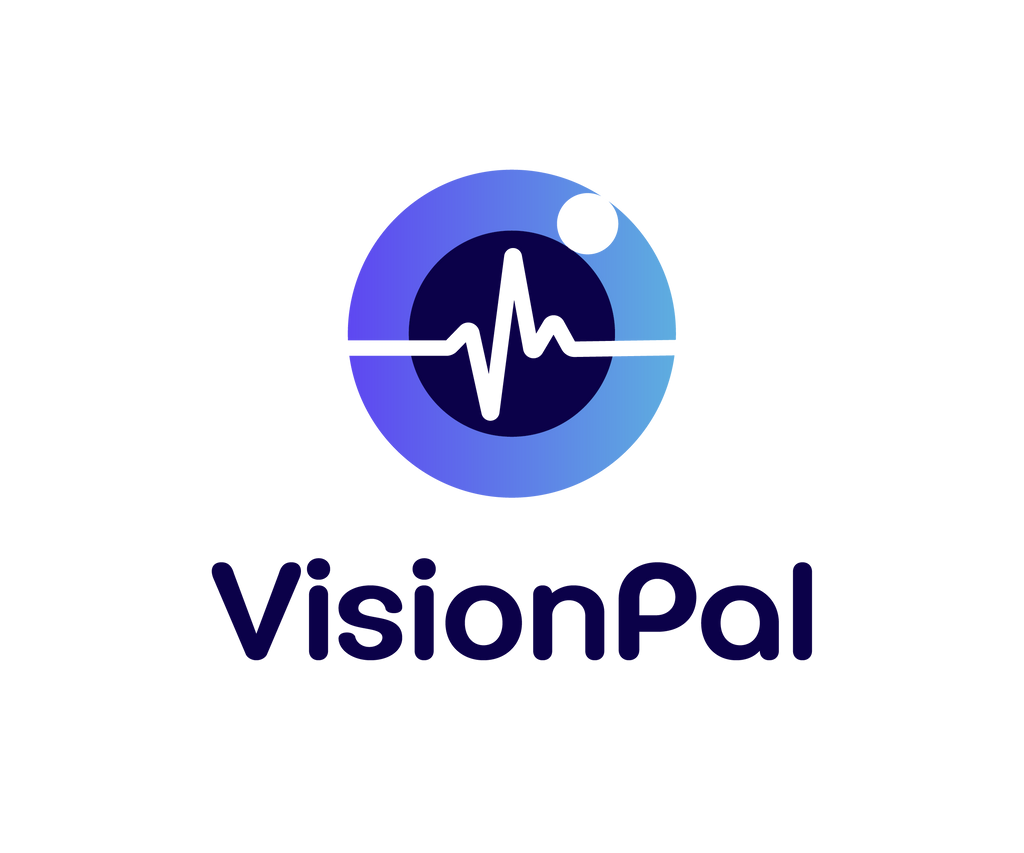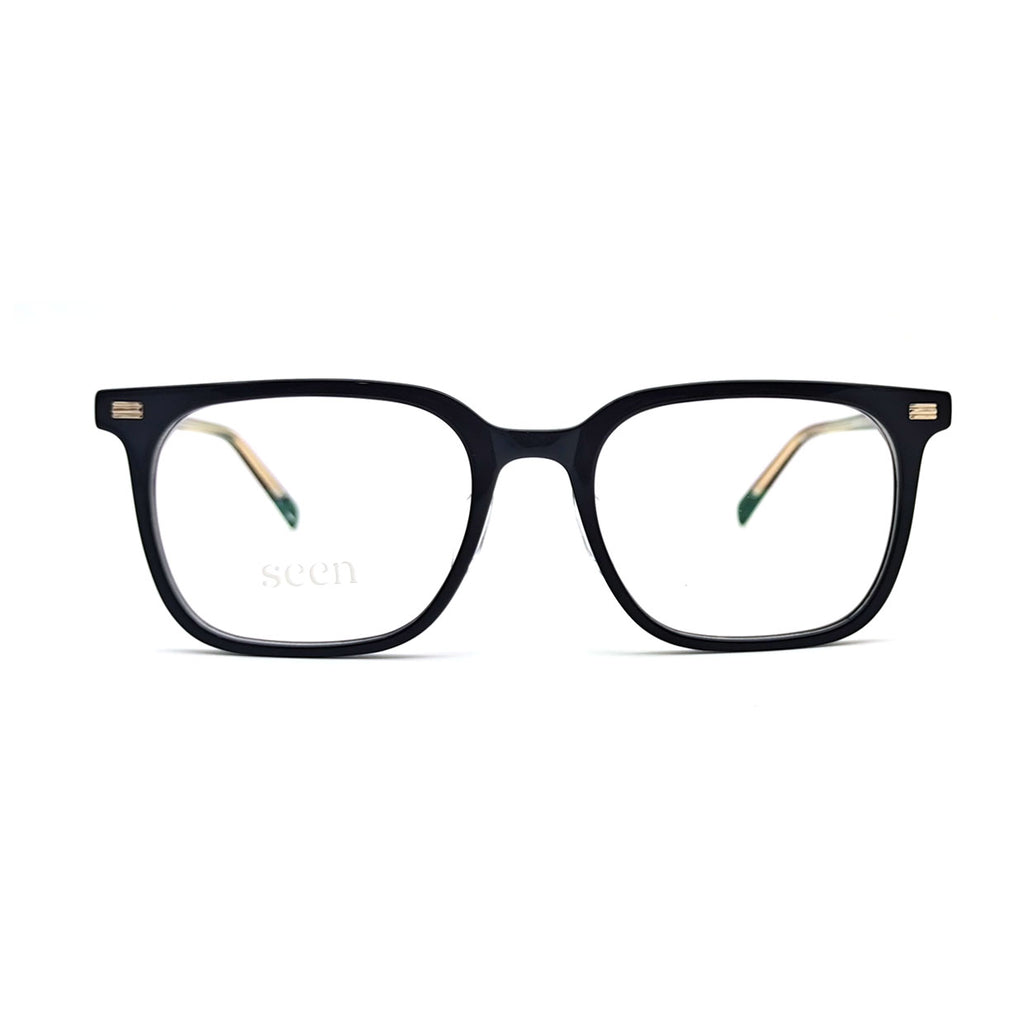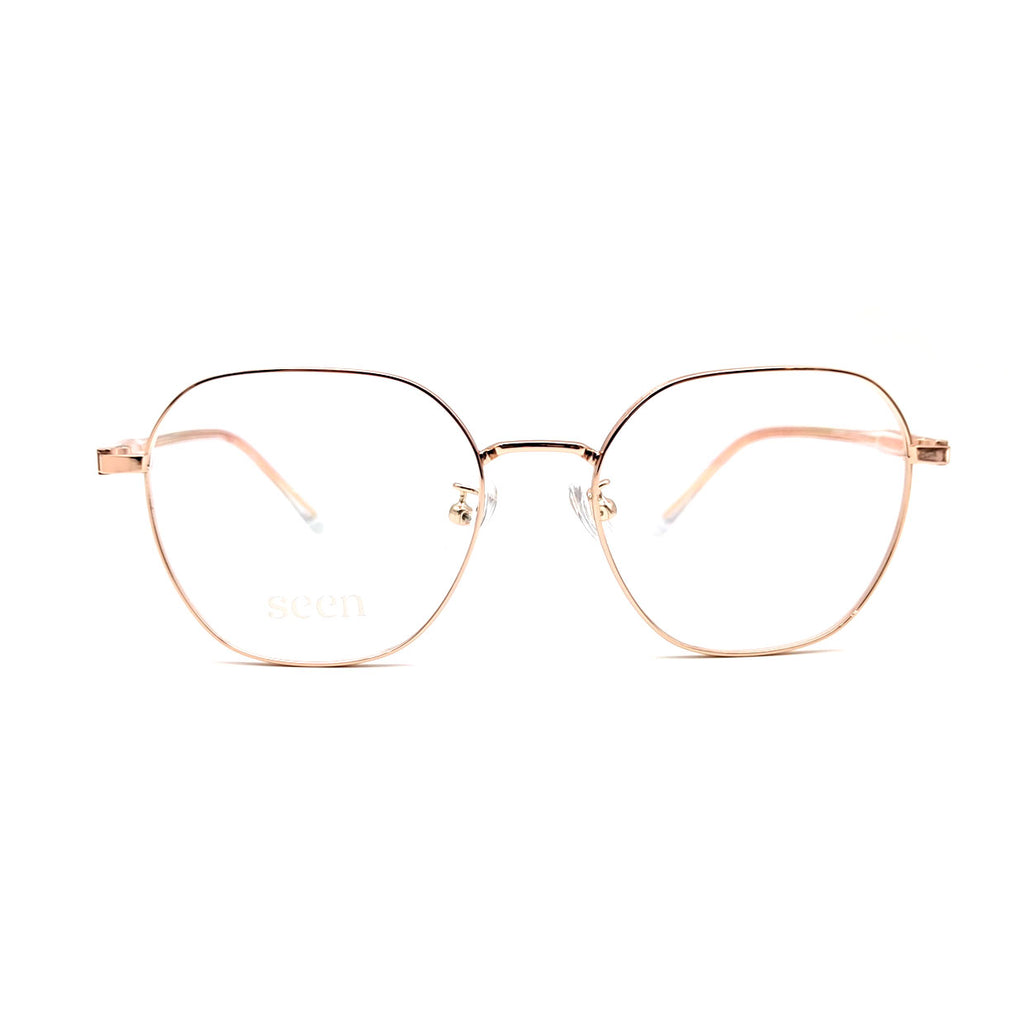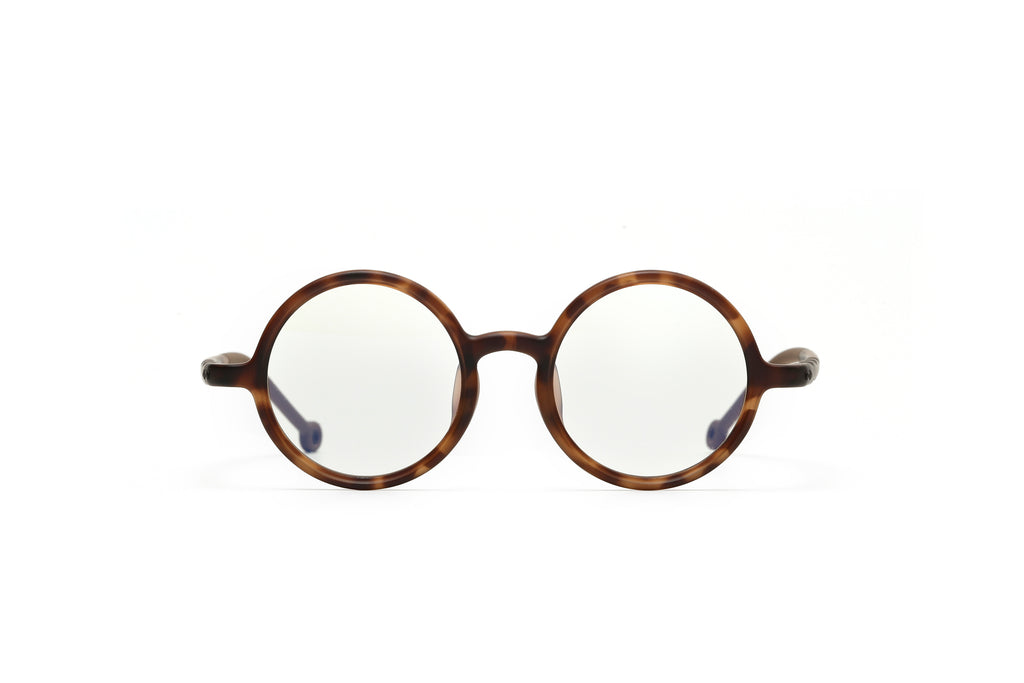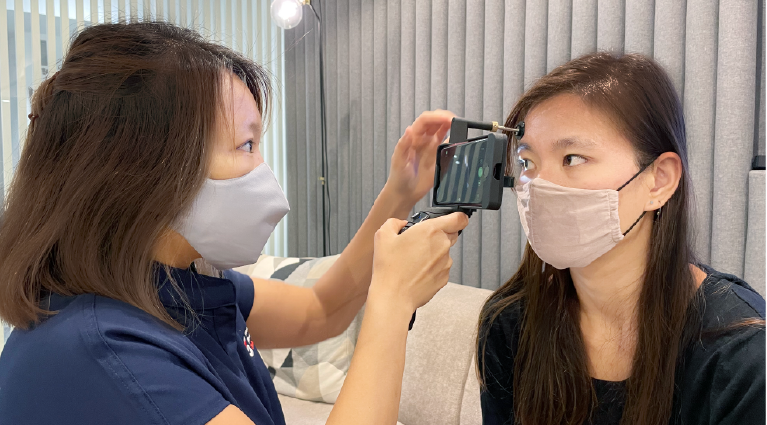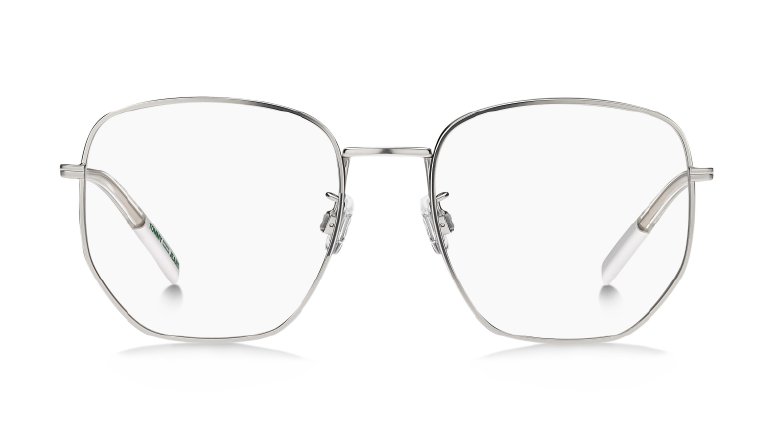
Differences in Type of Eye Examinations and Tests for Eyes
Eye examinations are an essential part of maintaining good health. This article will discuss the various types of eye examinations and the importance of regular eye exams.
What is an Eye Examination?
A standard eye examination will help screen for your prescription and ensure you are not over or under-corrected for your prescription needs. After this examination, the optometrist will let you know the best possible vision correction.
Comprehensive Examination by an optometrist will include the examinations that the standard test includes, with additional eye health information. Equipment will detect conditions from the front to the back of the eyes, picking up health issues that might not affect the vision.
What Tests Are Done During an Eye Examination?
During an eye examination, the doctor will take visual acuity tests, pupil size tests, and eye chart tests. Visual acuity tests measure how well you can see. The pupil size test measures how big your pupils are in relation to each other. The eye chart test measures how well you can read the letters on an eye chart.
Why Do You Need an Eye Examination?
An eye examination is essential to check for signs of diseases and other health conditions that can be detected early on. An eye examination is also vital for people who wear contact lenses or have been diagnosed with specific conditions such as glaucoma or cataracts.
What Are the Benefits of Regular Eye Examinations?
Regular eye examinations can help detect diseases or health conditions early on, allowing you to take steps to prevent them from getting worse. An eye examination can also help identify signs of ageing or problems that could lead to more severe health problems.
Eye examinations are essential for several reasons:
-
Detecting eye diseases: Eye examinations can help see early signs of eye diseases such as glaucoma, cataracts, and macular degeneration. Early detection is important because many eye diseases can be treated more effectively when caught early.
-
Identifying vision problems: Eye examinations can help identify vision problems such as nearsightedness, farsightedness, astigmatism, and presbyopia. These vision problems can be corrected with glasses, contact lenses, or refractive surgery.
-
Monitoring eye health: Regular eye examinations can help monitor the health of your eyes over time. This is especially important for people with a family history of eye diseases or other risk factors.
-
Maintaining overall health: Eye examinations can also detect health conditions that affect other parts of the body, such as diabetes, high blood pressure, and autoimmune diseases.
What Are the Different Types of Eye Examinations?
Several types of eye examinations are available, including visual acuity tests, pupil size tests, and eye chart tests. Each type of examination has its purpose and benefits. Talking with your optometrist about which kind of examination is best for you is essential.
Conclusion
Regular eye examinations are essential to maintaining your overall health and well-being. It is recommended that adults get a comprehensive eye exam every 1-2 years and more frequently if they have certain risk factors or a history of eye problems. Eye examinations are an essential part of maintaining good health. An eye examination can help detect diseases or health conditions early on, allowing you to take steps to prevent them from worsening.
In same category
Screen Time and Your Family’s Eye Health: Finding the Right Balance
In today’s digital age, screens are a big part of our daily lives. From work to entertainment and education, screens have become indispensable. However, as...
What is Arcus Senilis also know as Cholesterol Rings ? : A Sign of Aging Eyes
From Metal to Wood: Finding the right pair of glasses
Discover the World of Eyewear Materials: The seemingly simple choice of eyewear frames goes beyond mere aesthetics, profoundly influencing our daily lives in terms of...

